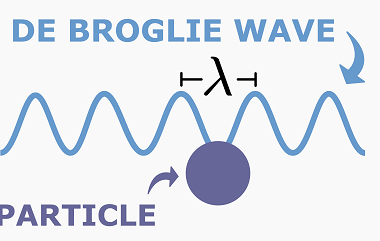JEE (Main+Advance) e-advance Course Trigonometry
Trigonometry is an important topic in JEE Main and Advance exams, and it is essential to have a strong understanding of the concepts to do well in the exams. Here are some of the key topics that you should cover in your e-advance course for Trigonometry: In addition to these topics, it is also important…









